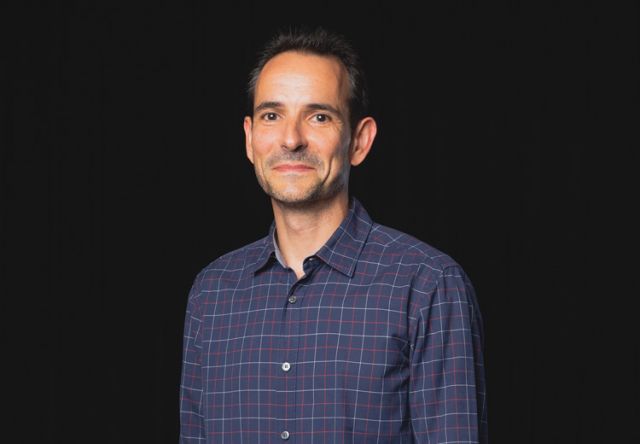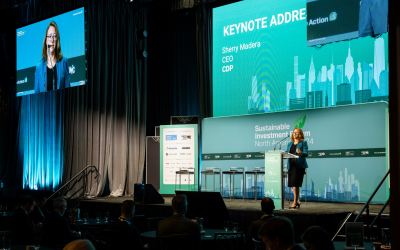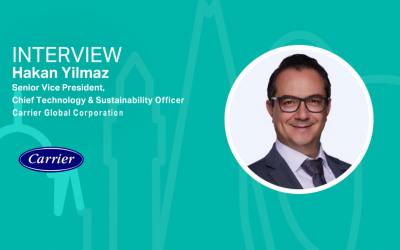Jorge Gascon on how hydrogen and carbon capture can accelerate the transition to a low carbon future
Climate Action caught up with Jorge Gascon, Professor and Director at the KAUST Catalysis Center, to discuss how his work facilitates the transition to a low carbon future.

Professor Gascon, what excites you about your current work programmes and what is the overarching ambition of your research?
I work at the interface of several disciplines intending to find solutions to climate change, especially to facilitate the energy transition. I am very excited to see some of our technologies, such as our ammonia cracking process, getting closer to industrial implementation in this space. I believe technologies like this one will bring dreams such as the hydrogen economy one step closer.
What do you hope to achieve with your work on clean Hydrogen? Why is it so unique?
We want to make sure that Hydrogen can be transported around the globe in a safe and energy-efficient manner, this is what our technology is about.
How does your work on hydrogen and carbon capture accelerate the transition to a low carbon future by developing new markets and economies? Why is this economical aspect so important?
Energy efficiency and profitability are key for new technologies to be deployed, and we need these technologies to be available at scale as soon as possible. Every ton of CO2 we do not emit over the next years will buy us the time necessary to complete the transition.
How important is cross-sectoral interdisciplinary collaboration to the success of your work? What are the challenges to this?
The problems we are addressing are complex and can only be addressed from a multidisciplinary point of view. Engineering, chemistry and even social sciences have to work together if we want to find solutions that are economically viable, socially fair and environmentally right.






